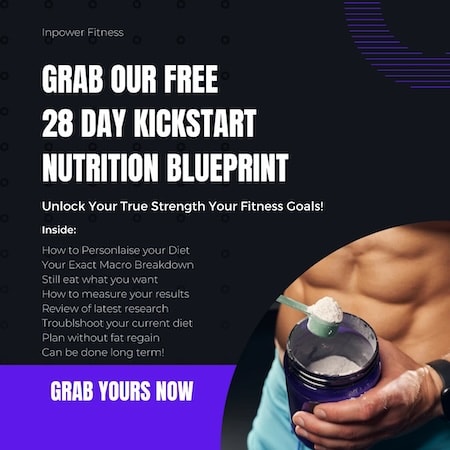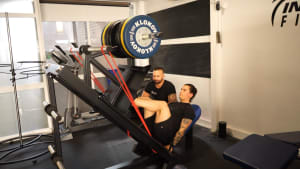
Here Is How We Can Help You Become A Champion in the gym …
The recent advancements in the field of medicine have made it possible for injured people to heal quicker and return to the top of their game at a much faster rate. However, despite these developments as well as access to a multitude of personal trainers at ebvery gym, the number of people sustaining injuries in the gym and at work continues to rise with each passing day. Based on my personal experience, I can attest that if a personal trainer wants an client under their charge to excel in a certain sport or daily living activity while at the same time minimizing their risk of injury while in the field, the trainer must first identify compensation movement patterns that increase the stress on the persons body. At our personal training studio , as part of our initial assessment we also gauge if there are any structural, mechanical or muscular imbalances. The imbalances I have mentioned above often arise if a person chooses to focus on a singular sport which leads them to rely on certain specific muscles more than others as well as every day tasks being one side dominent. Golf or tennis is a good example. In order to help ensure optimal performance for clients under our care, I have applied an advanced fitness screening program which is designed to help identify compensation patterns and muscle weaknesses which usually increase the risk of a person sustaining injuries while training as well as decrease in power, strength, speed and flexibility. These were first introduced to me through a few of my mentors and the assessment is heavily influenced by Charles Poliquin who was a world renowned strength coach who produced several Olympic athletes and a mentor of mine for many years before his passing.
Note that, if a personal trainer ignores the importance of correcting structural imbalances before embarking on a strength and conditioning program then it is highly likely that a client won't achieve their full genetic potential. Further, there is also a high likelihood that the person in question will sustain avoidable injuries which can be career-ending or stop them training all together.
In the article below, I will discuss some of the Structural Balance Assessment Tests that I conduct on every client that comes in for personal training. After carrying out these tests, I usually use the data I obtain to prescribe corrective exercise regimens that are designed to strengthen weak muscles. These tests also allow me to tailor static, active and flexible exercises designed to give attention to the clients weakened muscles. The tests that I carry out are all geared towards correcting imbalances within the persons body and in the process, they help in the setting of a strong foundation for the client or athlete to start taking part in more advanced training.
A test that I carry out to gauge and Improve structural balance in the lower body is the Klatt test
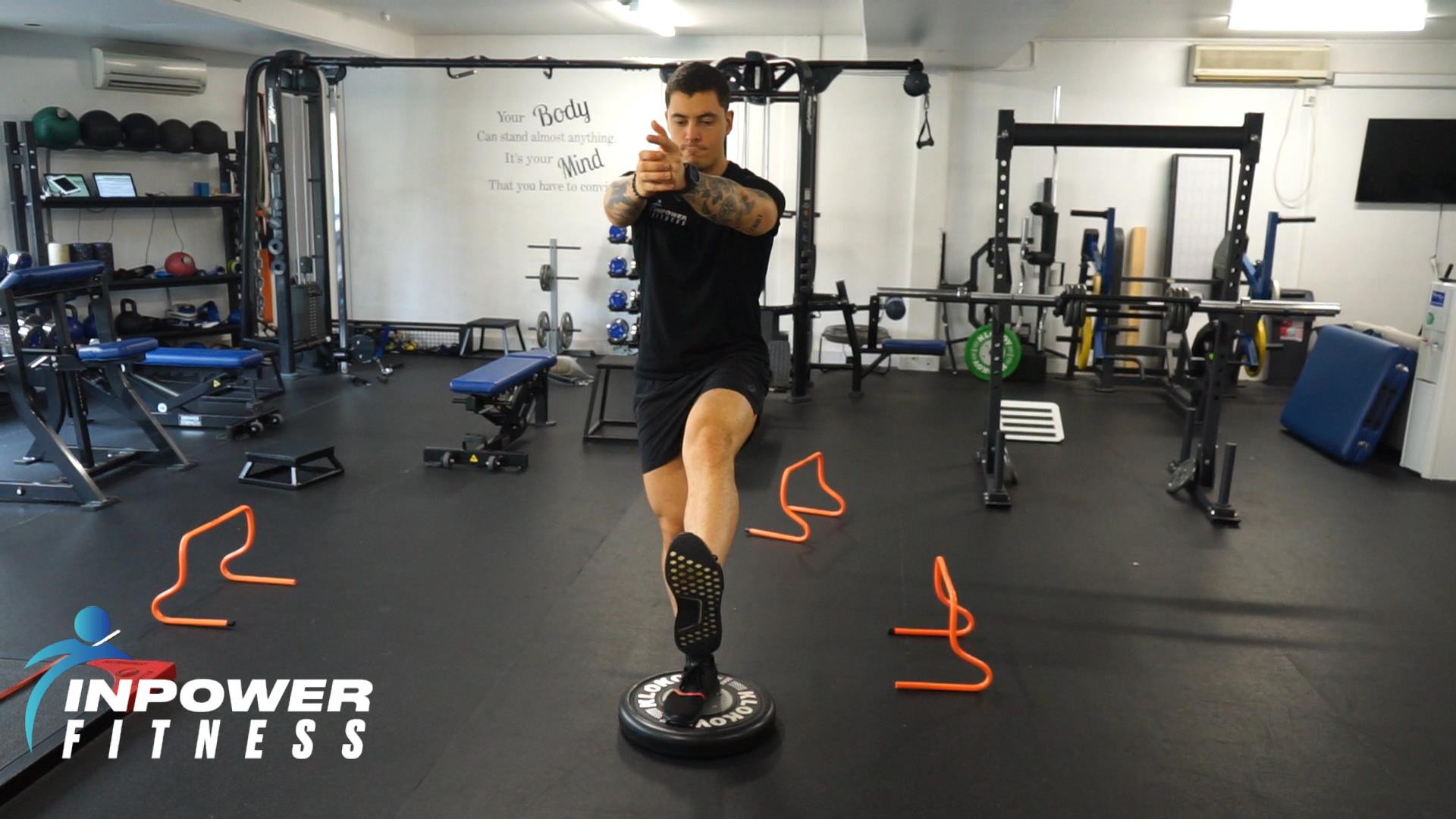
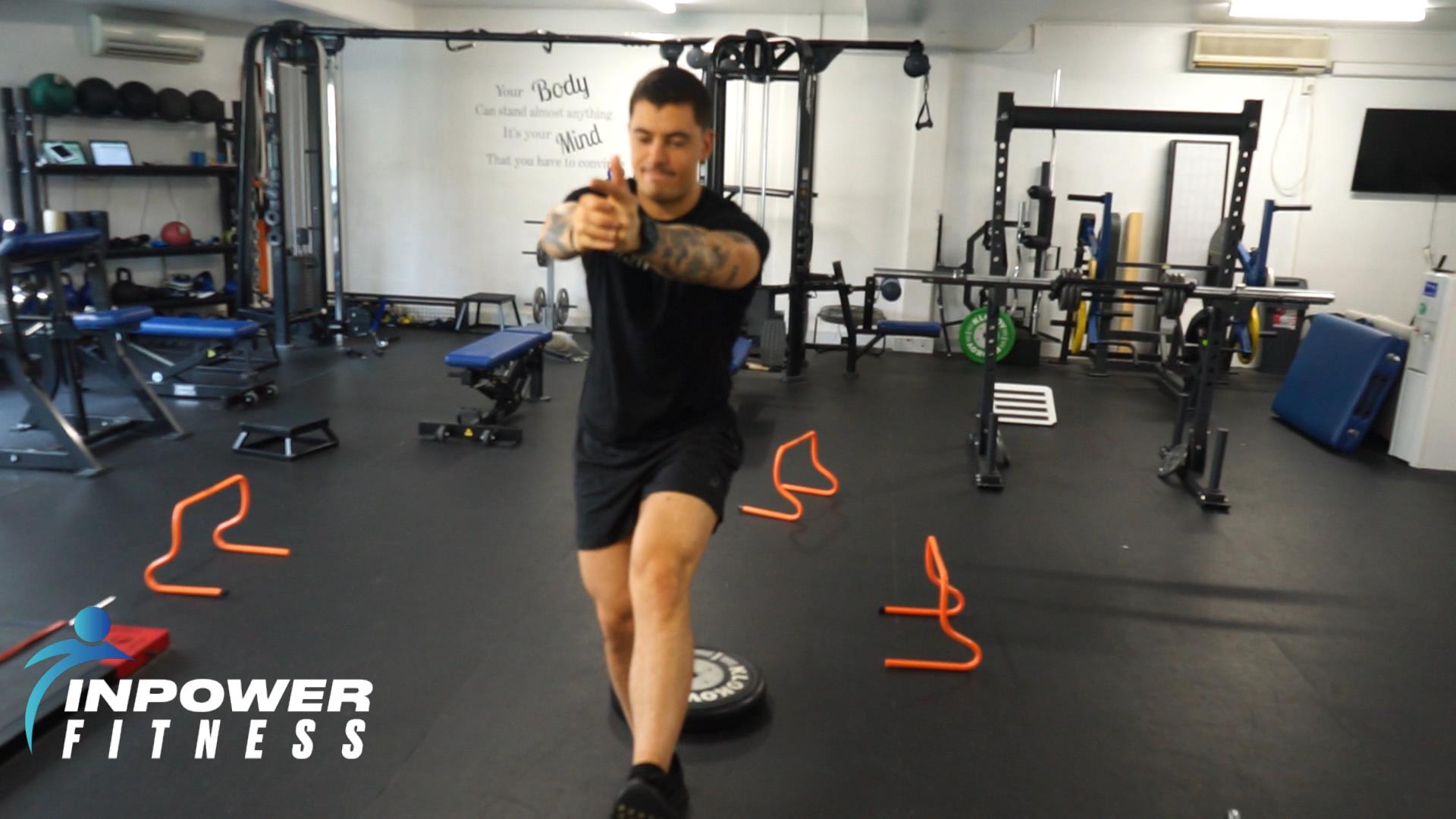
This test was developed by Lois Klatt Ph.D. who used it to assess if there any weaknesses in an athlete’s knee. Apart from testing for weaknesses in the knee, I also usually use this test to identify if there are any weaknesses or muscle problems in the lower back, hips and pelvis. This was one shown to me by Charles Poliquin
Next I use normative benchmarking data that tells me how much a client should be able to lift relative to their other lifts/performance. I know that any one who is able to get optimal structural balance ratio usually increases their training efforts which in turn leads to better performance as well as reduced risk of injury.
In order to tailor a perfect weight training program, I usually test each person on 4 weight room lifts (Predictor Lifts) that are specific to the particular person or the sport that an athlete plays. Here is a great example of the tests I carried out on an athlete before crafting their weight training program…
Name of client: Anthony Boyle
Sport Played: Cricket
Position: Batsmen
Predictor Lift Tests:
- Close Grip Bench Press – A maximum of 103kgs. Relative Score: 100%
- Supinated Chin-up – 97.7kgs Relative Score: 95%
- External Rotation: 9kg. for 3 reps
- Lower Traps: 11kg. for 3 reps
Based on the test scores, we can see that Anthony’s close grip bench press is a bit too low for overall strength development. However, we can also see that he scored 95% on the ‘chin-up’ test relative to his close grip bench press performance. The reason for his imbalance was that his external rotator muscles in the shoulders and lower traps were weaker meaning that he could only handle 3 reps. The data that is gotten from his predictor lift tests is crucial in helping to determine the most ideal strength program that will help him achieve structural balance. Without carrying out these tests, other personal trainers would simply have focused on increasing his bench presses which would have put him at a high risk of sustaining a severe shoulder injury. However, with the results from the predictor lift tests at hand, we know that the best way to increase the strength of his bench presses is to first address the weaknesses in his profile – which in his case are the lower traps and external rotator muscles in the shoulders.
After 8 weeks elapsed from the date of the test, we increased Anthony’s lower trap scores and external rotator scores to 12 reps while maintaining the respective test weight we had used in the initial test. Further, we also increased his close grip bench press to 119.5kgs (a 15.5% increase from the initial test weight). The bottom line is that we were able to quickly rectify his strength imbalances within a short period of time. Because of the corrections that we made, his athletic performance is bound to soar with a reduced risk that he will sustain any injuries in the field.
Assessment Tests We Carry Out To Gauge and Improve Flexibility
There are two main tests that are used to test the flexibility of a client. For starters, the active flexibility of an perdson is usually assessed during the structural balance movement tests. Second, the static flexibility of a person is usually measured in order to help determine the proper length to tension relationship between a clients muscle groups.
I have specific ratios that help me determine if a client has a high risk of sustaining an injury or if they are capable of training with their existing levels of flexibility. To determine the flexibility of an athlete or client, I usually test the following areas:
- Sagittal Hamstring
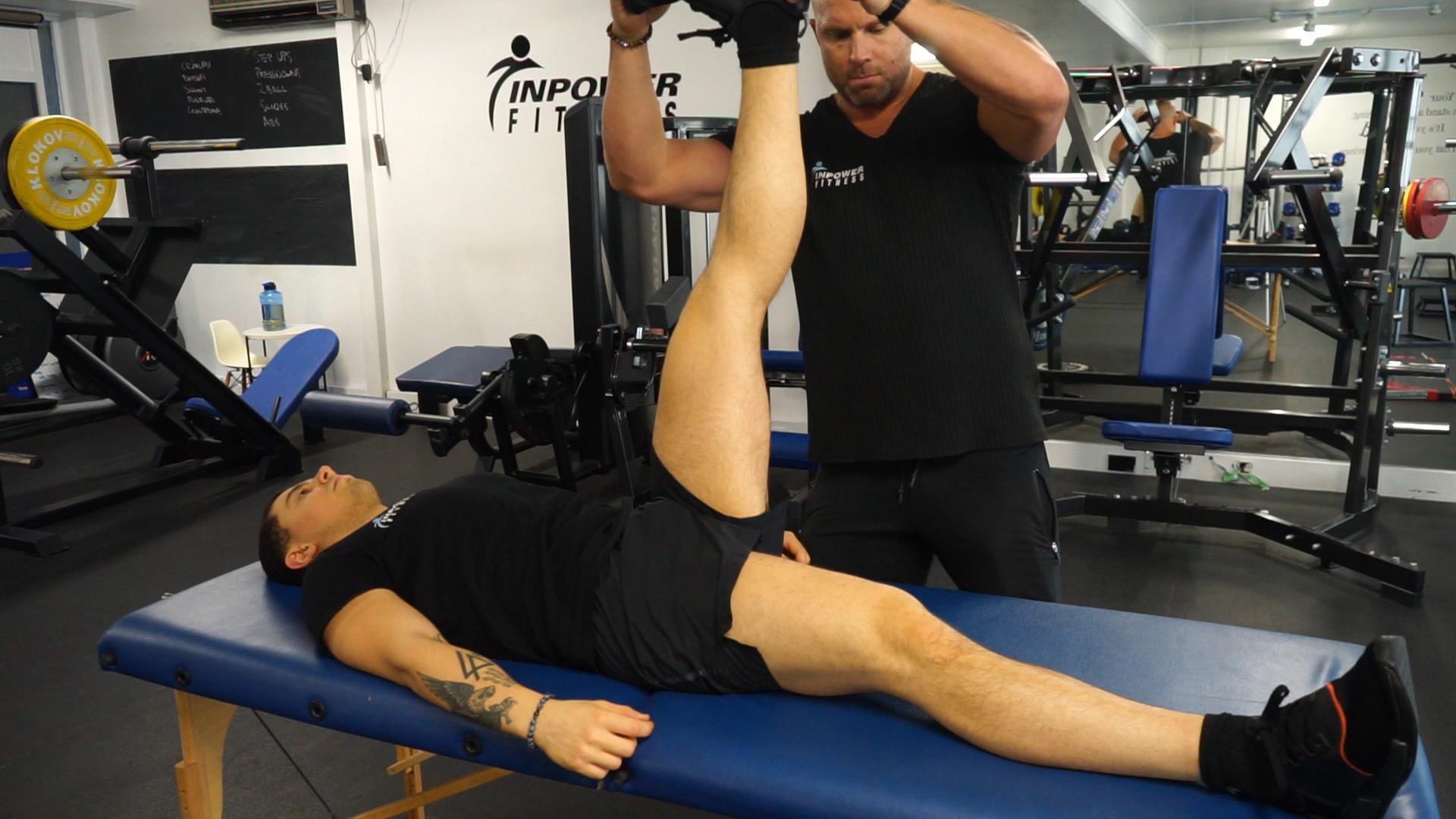
- Lateral Hamstring
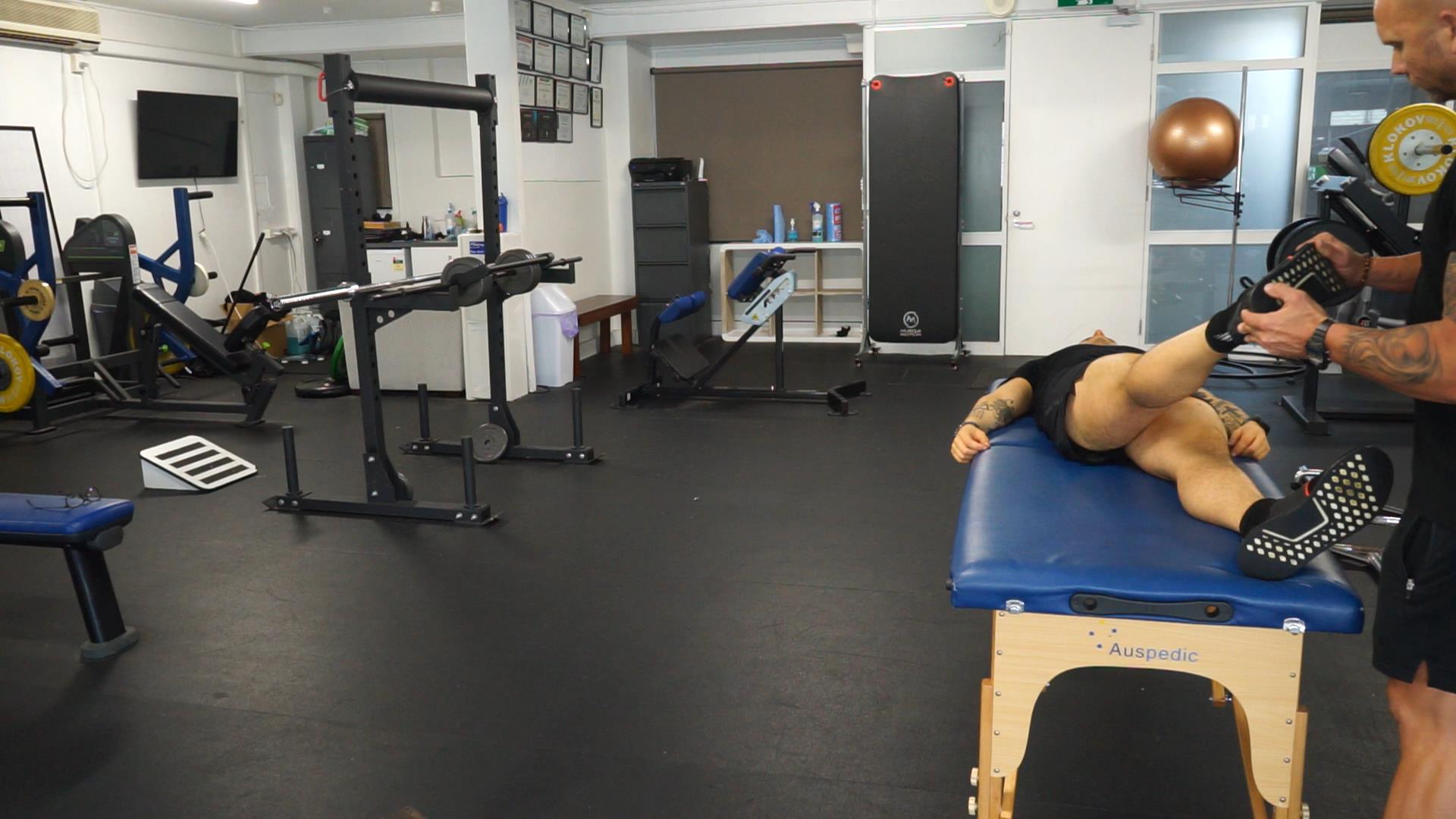
- Medial Hamstring
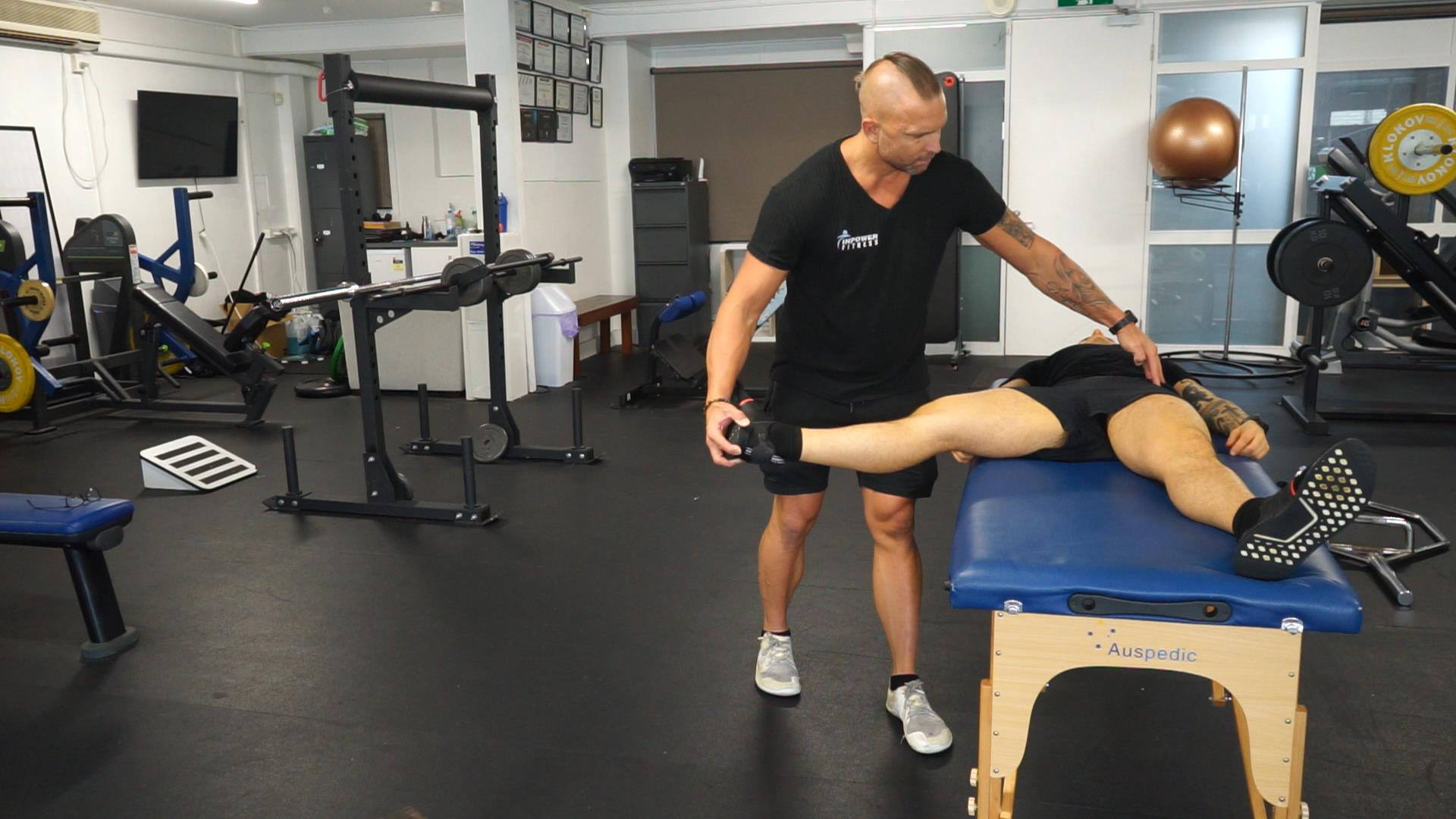
- Hip Flexors
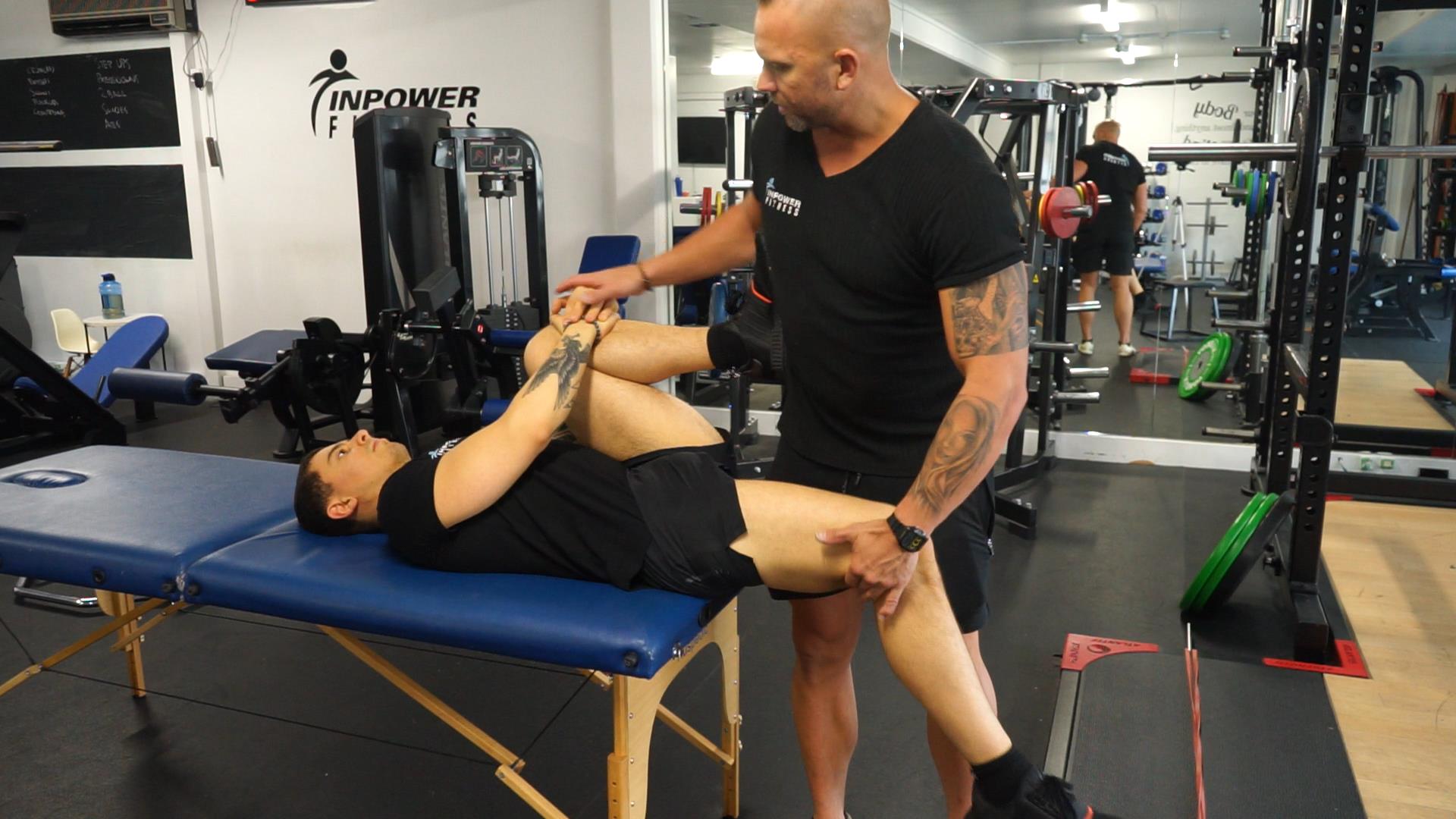
- Quadriceps
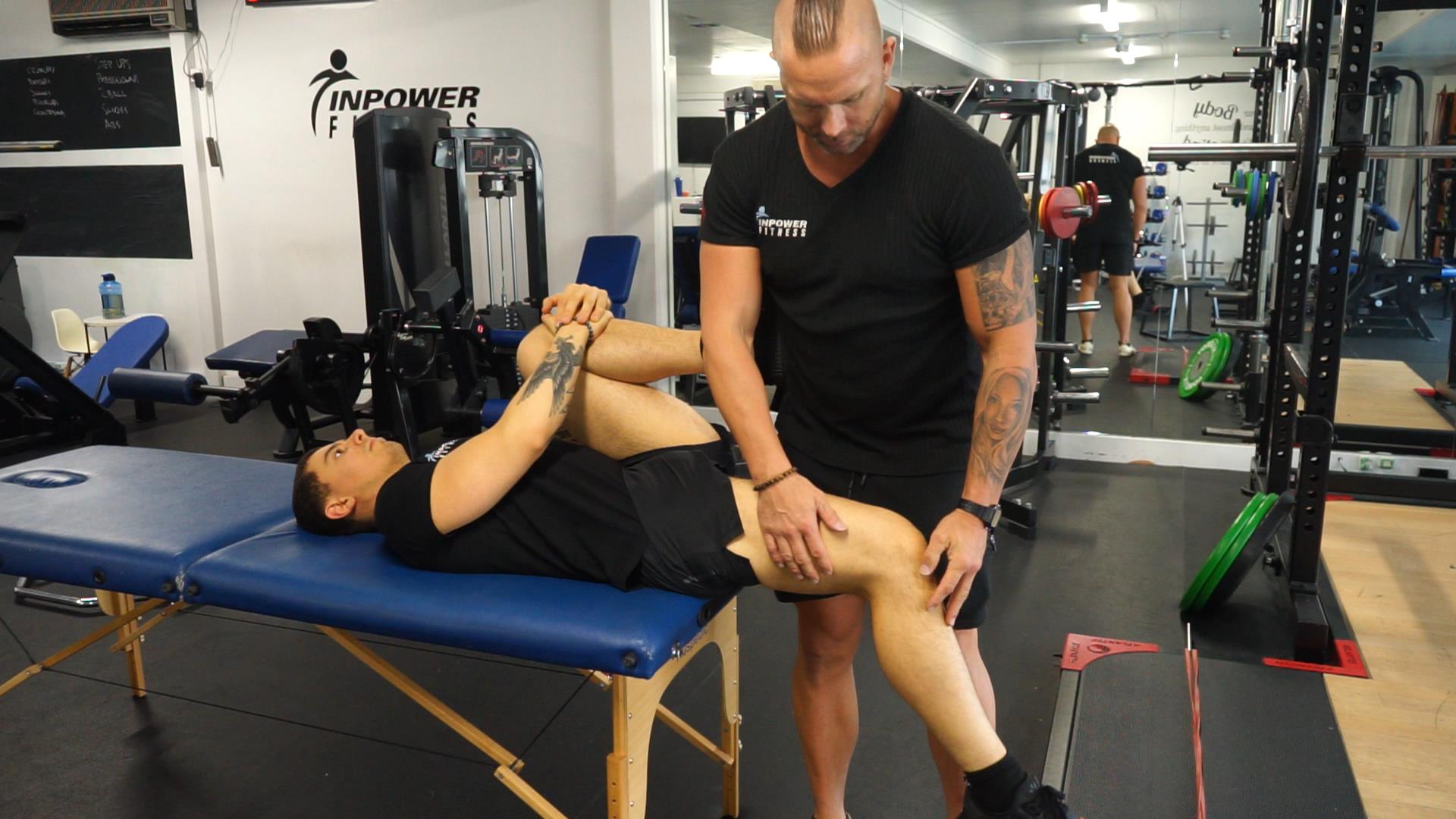
- Hip Rotators
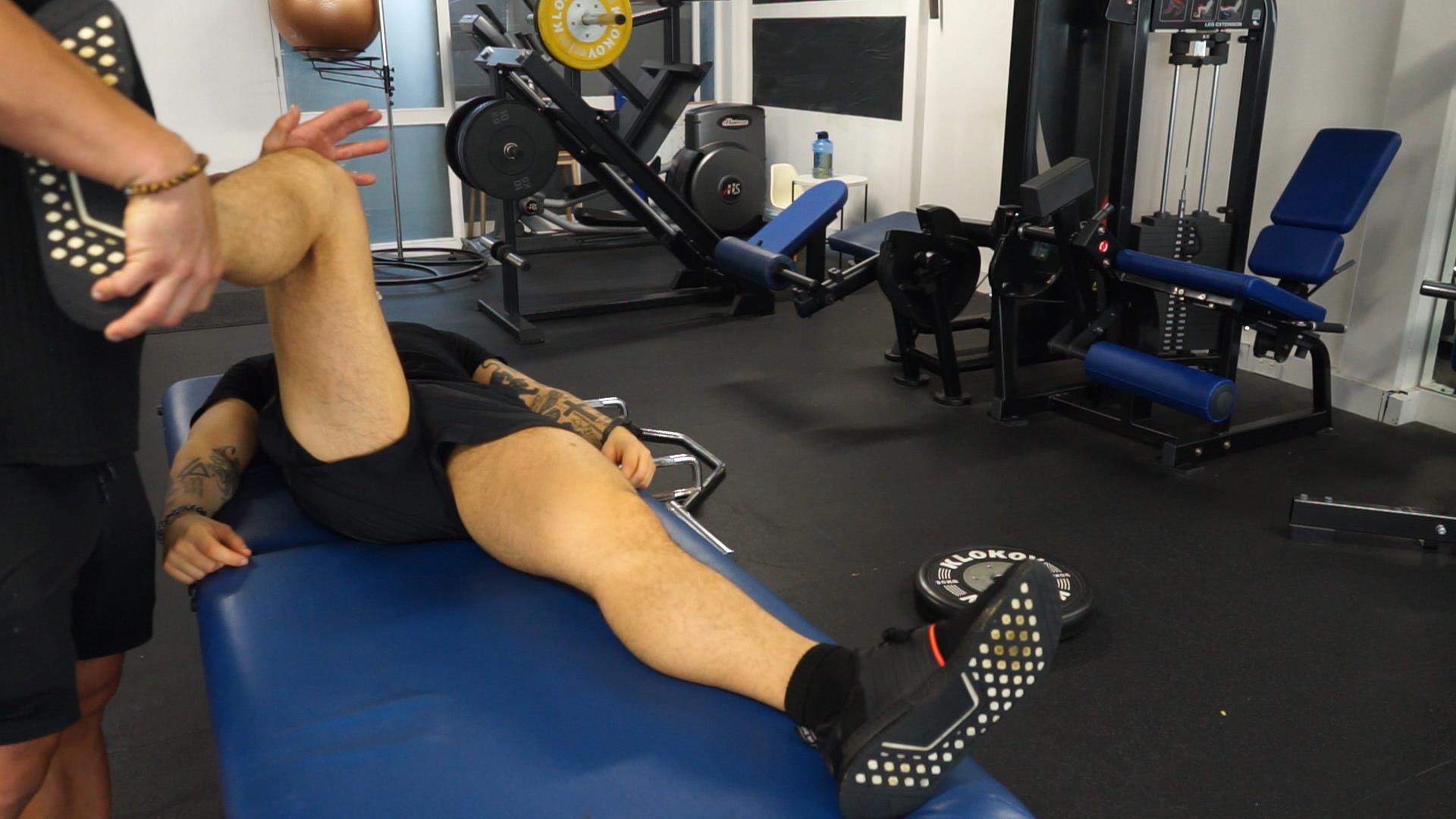
- Glutes
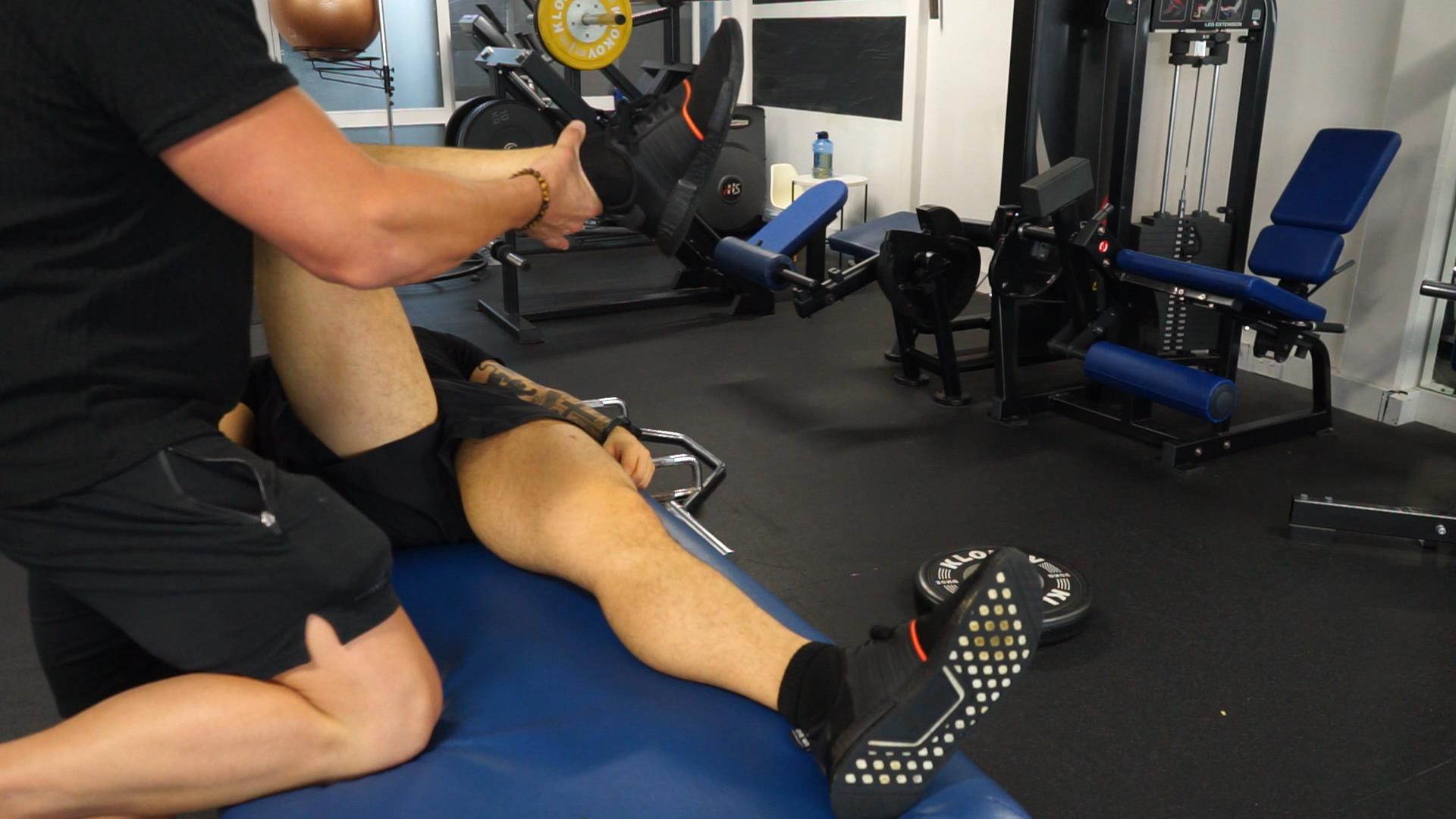
- Shoulder Impingement
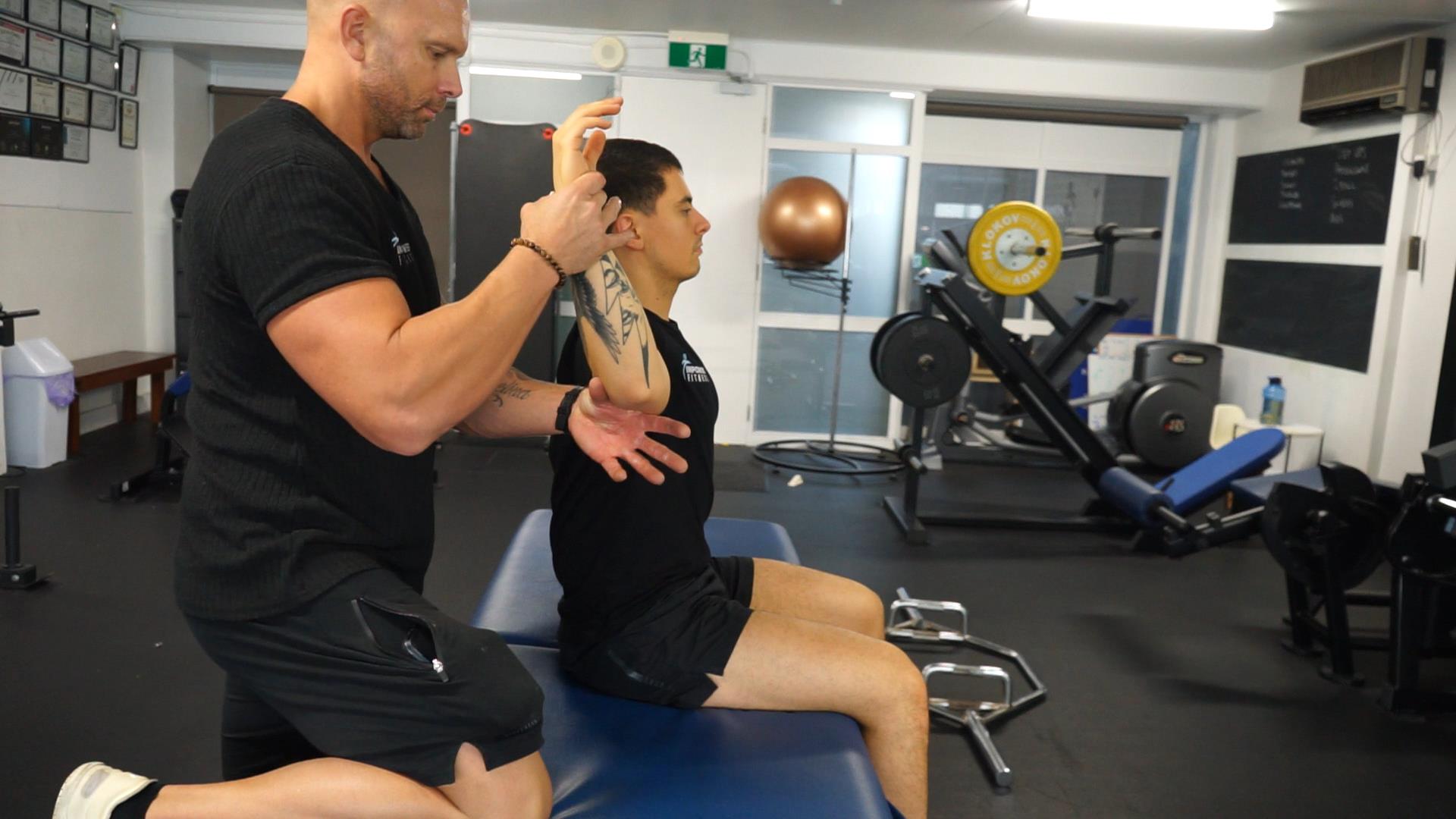
- Shoulder Mobility
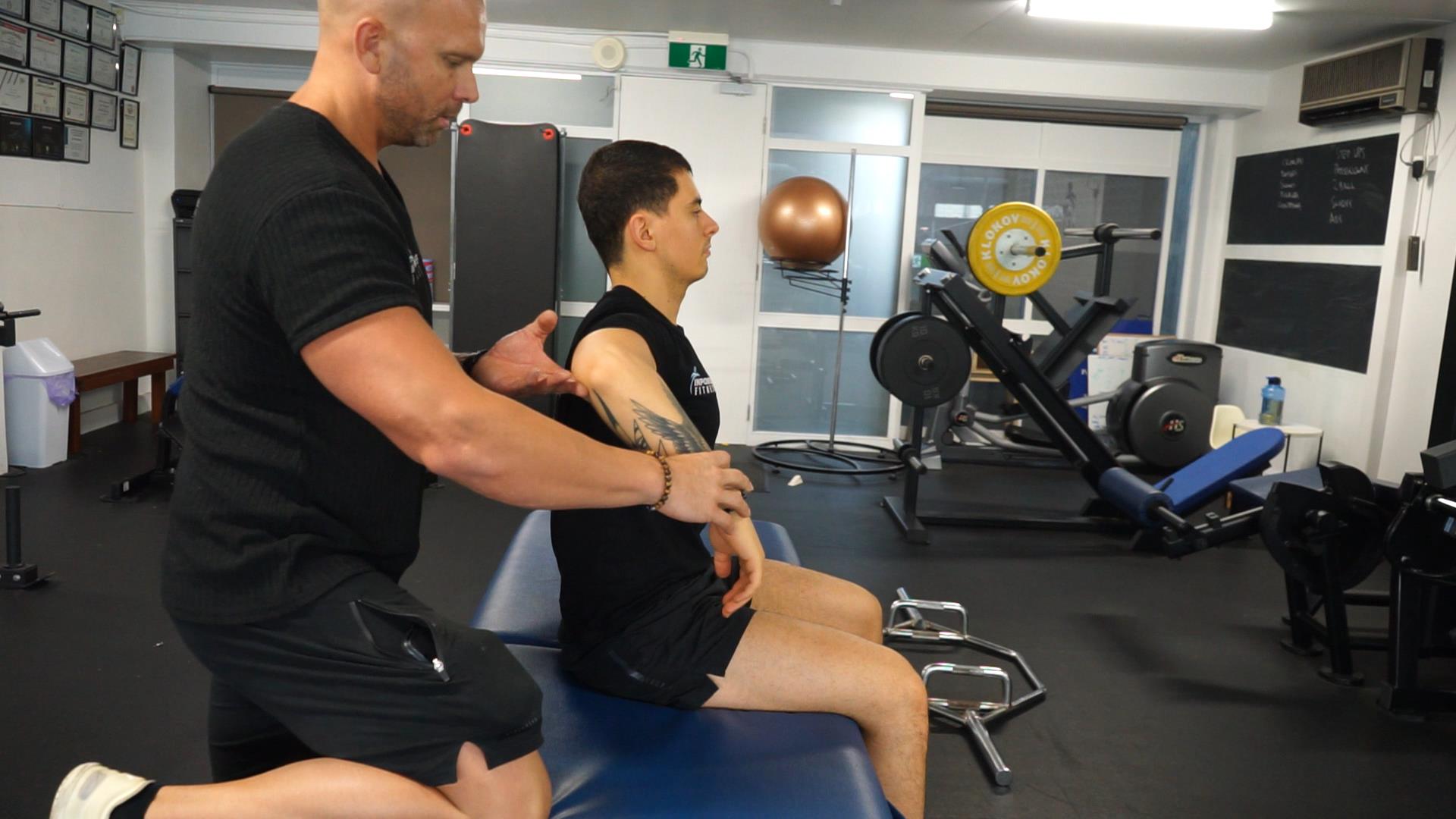
- Body Rotation
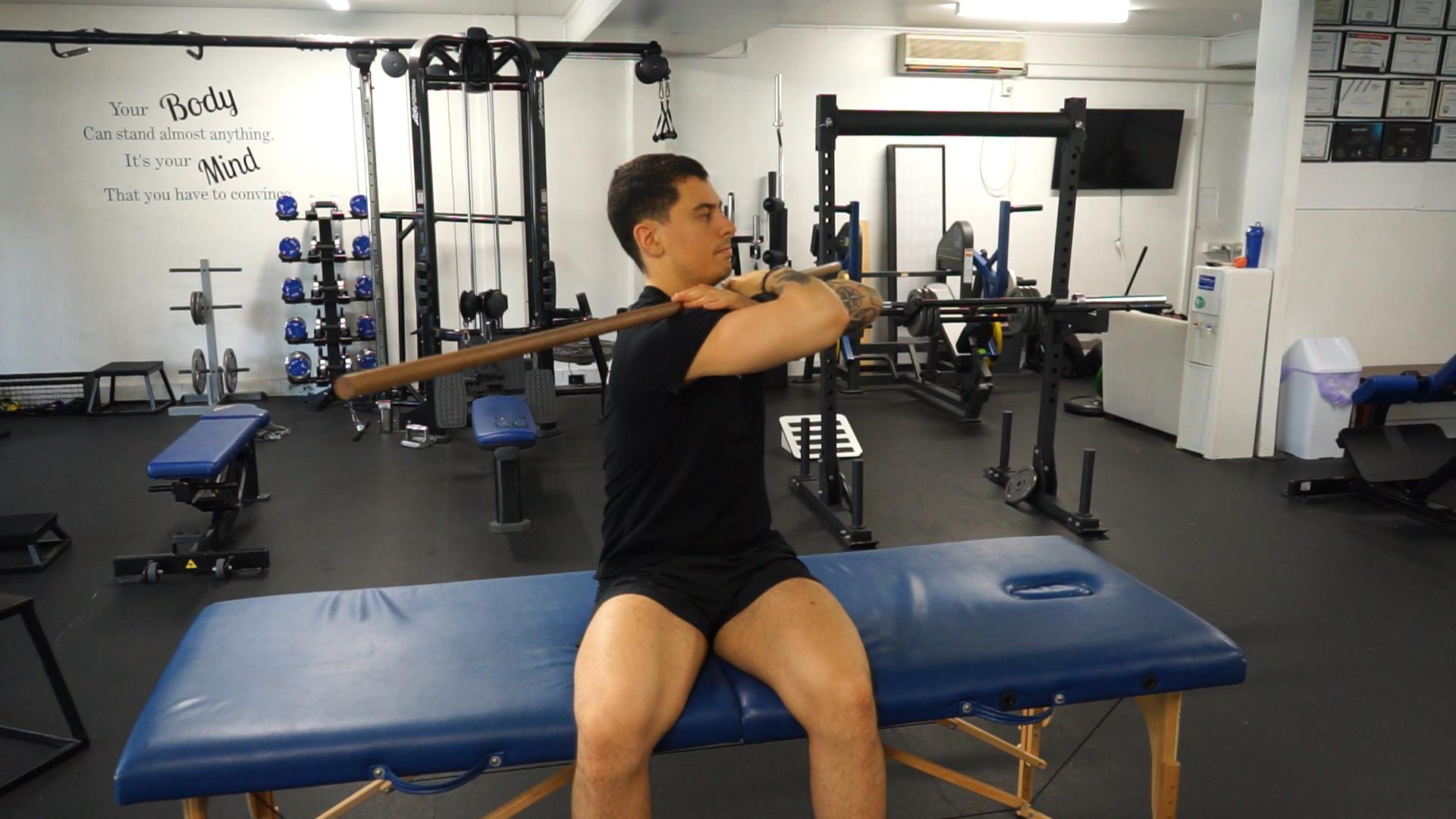
Final Word
Some of the fitness assessment tests that we have discussed above are standard fitness tests but there are also others that we have mentioned which we have uniquely developed for the benefit of the clients under our care. True, any personal trainer can copy our tests, but, that is an inherent risk in any field should you develop a tried and tested winning formula. However, there is one thing you should keep in mind as a personal trainer. Tests alone do not lead to the development of a champion. In order for a personal trainer to build and develop a winner, they need to be seasoned and have the ability to interpret test results in such a way that they can design a high-quality strength and conditioning fitness program. Because of my 18 years of experience I use this experience to design programs and pass this knowledge on to those trainers we have at Inpower Fitness




